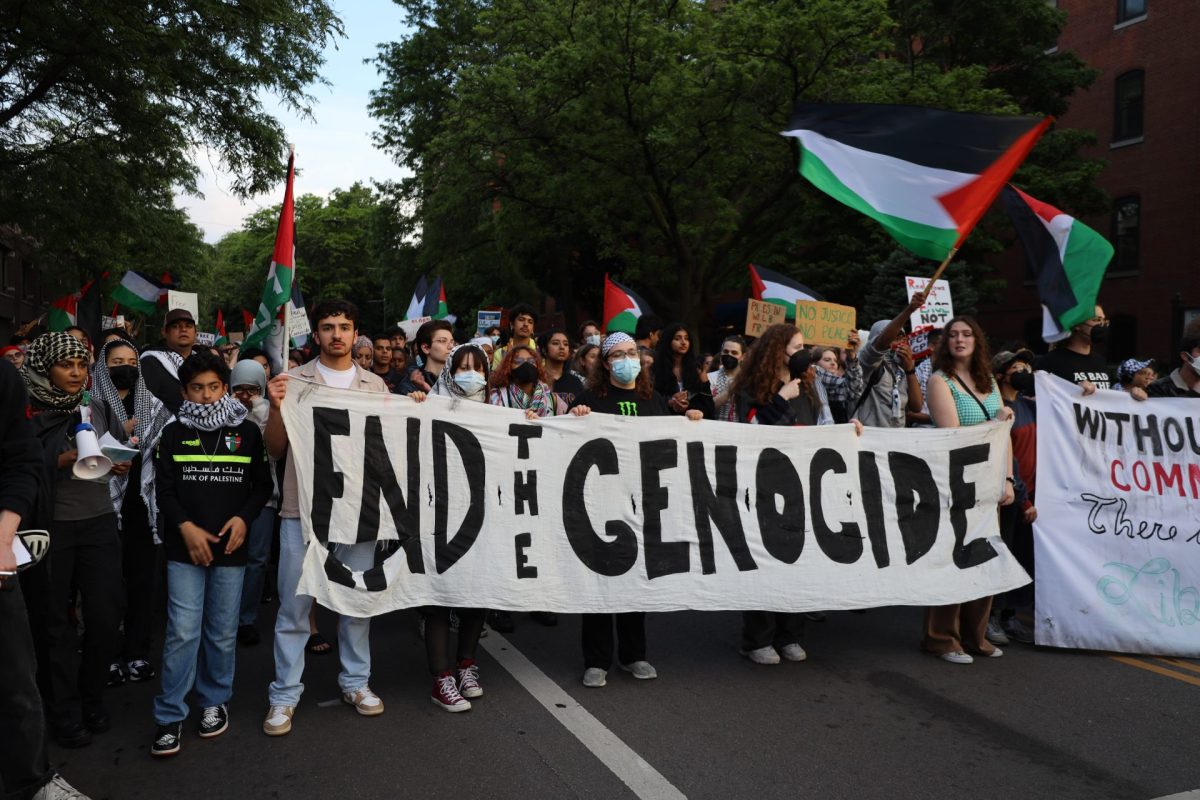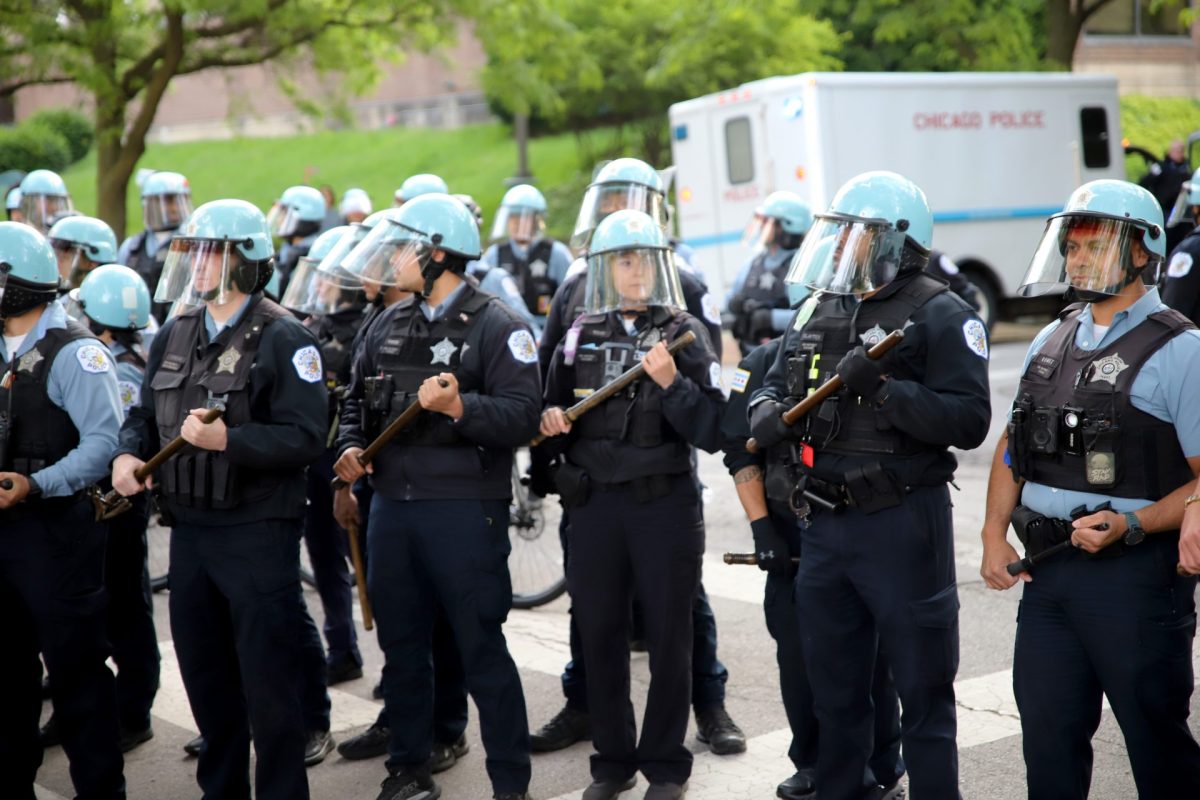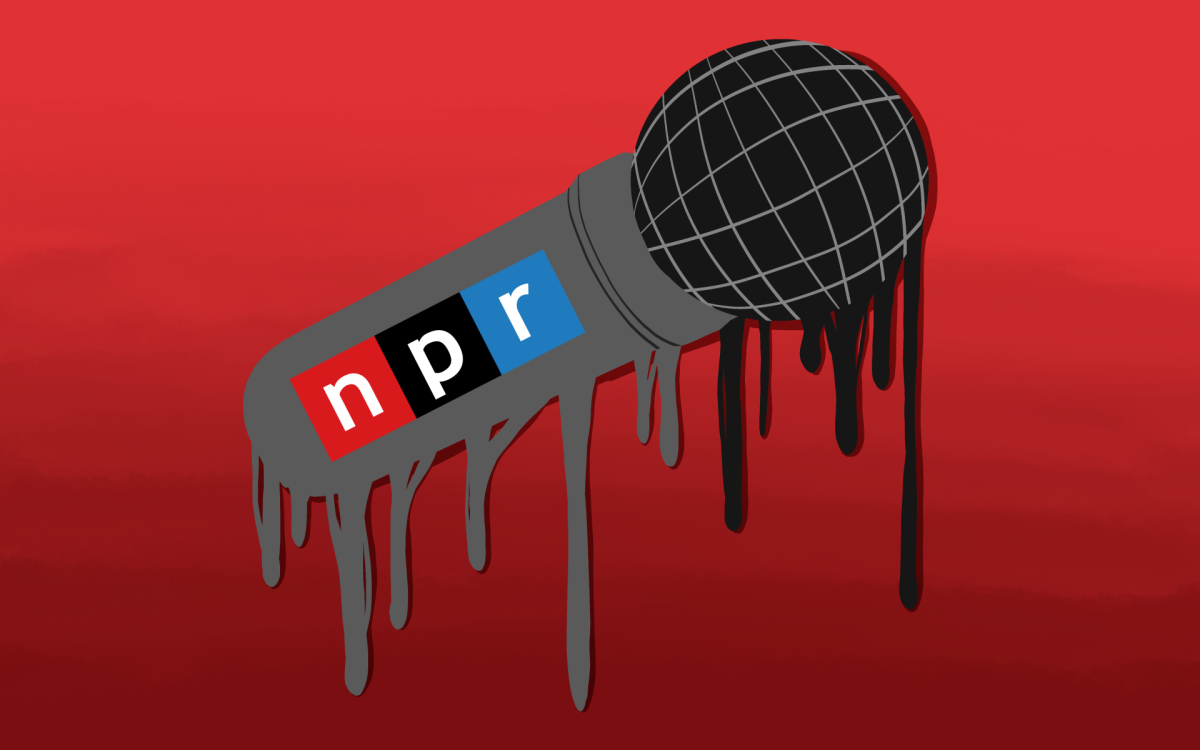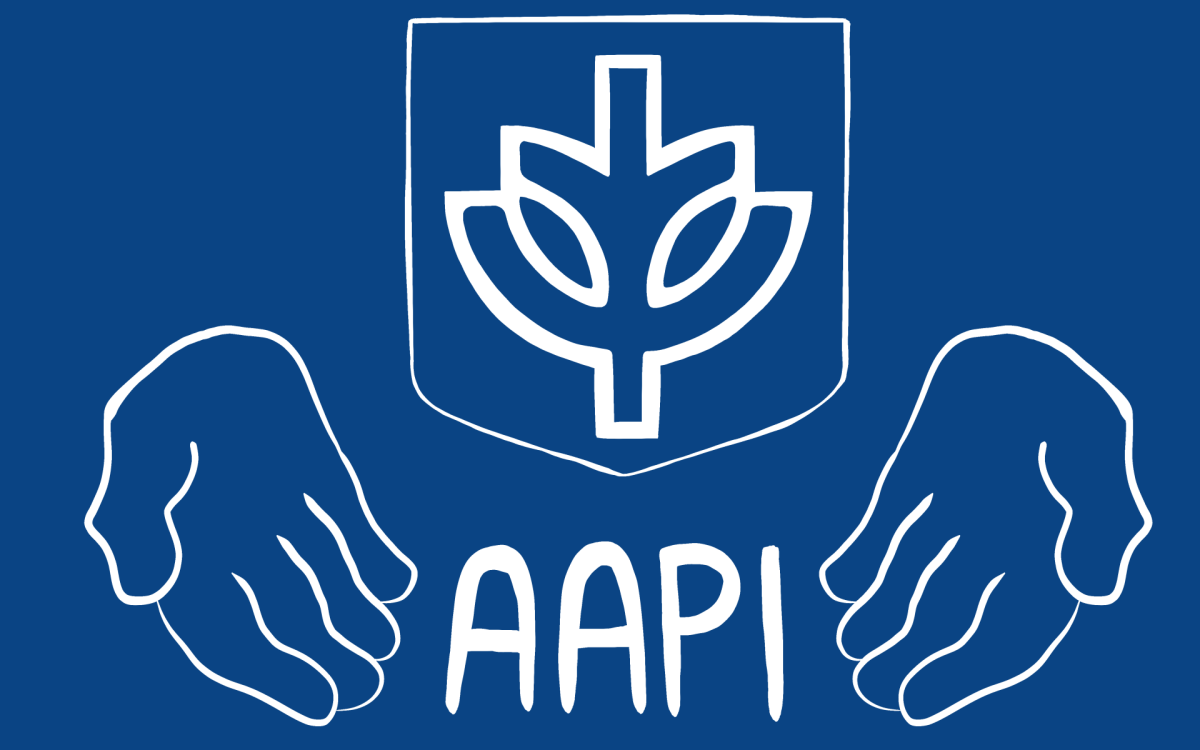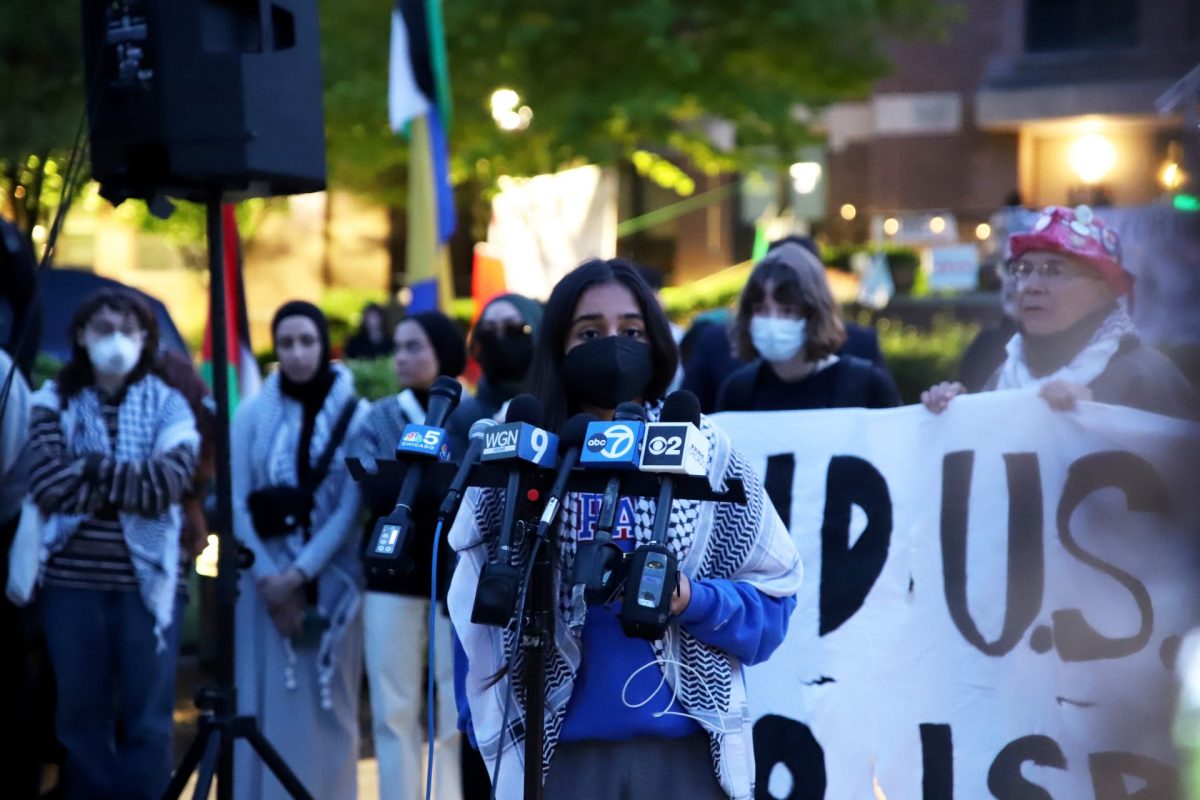Ô_
“This is Jim Crow. This is the civil rights movement.”
The enraptured audience passionately snapped their fingers and murmured in agreement with Horace Hall’s statement last Wednesday, May 15, at the “School Closings: The Impact on Children and Communities” panel at DePaul.
Hall, an associate professor of education at DePaul, was one of four panel members who addressed Mayor Rahm Emanuel’s proposal to close 54 Chicago public elementary schools. The Chicago Public Schools (CPS) Board of Education will vote on the closings May 22.
“It’s madness, right? It’s crazy!” said Hall.
Hall playfully impersonated Emanuel, diabolically rubbing his hands together in his black limousine and fleeing the scene of a fallen Chicago school.
When the audience’s laughter subsided, Hall addressed the safety issues related to the school closings. He said closures are directly correlated with failing communities and increased gang activity. Often, he said, students become gang affiliated to avoid walking alone through gang territories on their way to school.
Closed schools mean students will have to travel farther and through more dangerous territories to get to school, said Hall.
The same day of the panel, the Chicago Teachers Union (CTU) filed two lawsuits against CPS. The first one was for violating Title II of the Americans with Disabilities Act by neglecting to provide adequate time to process individualized education programs (IEPs) for dislocated special education students.
The second suit alleged that CPS violated the Illinois Civil Rights Act of 2003 by using racially discriminatory criteria and methods to close down the schools.
Federico Waitoller, an assistant professor in the Department of Special Education at the University of Illinois at Chicago (UIC), said that while 47 percent of special education CPS students are African-American, they make up 80 percent of the students most impacted by the school closings.
Special education students are especially sensitive to drastic changes in school environments, Waitoller said. Each special education student is evaluated and given an individual education plan, and teachers’ adherence to these plans impacts the success of the students.
The efforts to improve special education programs will be “compromised,” said Waitoller. This is due to the lack of training for future special education teachers in CPS schools.
In a media briefing released by CPS March 21, officials said 54 underutilized schools would be closed to save the district $560 million in avoided capital costs during the next 10 years and $43 million in operating costs.
The briefing said that these funds will be recycled into the existing schools to ensure every student “has a safe, high-quality 21st century school with updated amenities and the programs and supports every child needs to succeed and thrive.”
Stephanie Farmer, an associate professor of sociology at Roosevelt University and a member of the panel, voiced her disagreement with CPS actions and quoted school officials from Chicago, Sacramento and Philadelphia, highlighting the similar use of language to address school closures.
“There has been an organized effort at the national level to close public schools and open charter schools,” said Farmer.
Farmer said that between the years 2000 and 2012, 76 Chicago schools were closed or reopened as turnaround schools. Within the same decade, 120 new charter schools were opened.
Charter schools are publicly funded, but they exercise more flexibility than traditional public schools in their curricula. Students do not pay tuition, but they are subject to lottery admission if applicant rates are high. Various studies have been conducted on the effectiveness of charter schools, but the results are contradictory.
The panel members emphasized the idea of “disinvestment” in all public schools and impoverished neighborhoods on the South and West Sides. Hall used Starbucks as an example of signs of investment in a neighborhood, whereas other neighborhoods with high foreclosure rates were absent of businesses and targeted for school closures.
“We blame the parents and the children, but it’s the system,” said Hall.
More than 15 CPS high school students from the South and West Sides joined parents, community members, professors and DePaul students in the audience. Some of them stood to voice their own concerns to the panel, while others snapped their fingers to applaud the speakers.
“It’s crazy what Rahm is doing,” said Ahkeem Wight, a sophomore at Gage Park High School on the Southwest Side of Chicago. “(CPS schools) are already messed up. Why don’t they fix the schools already here?”
Emanuel announced an expansion of a CPS vision program May 10. Working with the Chicago Department of Public Health (CDPH) commissioner, Dr. Bechara Choucair, Emanuel pooled $1 million from the fiscal year 2013 city budget to provide 30,000 CPS students with access to eye exams and glasses.
Five days later, Emanuel unveiled the first Arts Education Plan for CPS, funded by $1 million from the City of Chicago.
“Every child in this city deserves a quality education, no matter where they live,” said Emanuel. “Incorporating the arts into all levels of education is an essential piece in helping our children thrive.”
Michael Nelson, a sophomore at Kenwood Academy High School on the South Side, said students don’t need to transfer to new schools. What they need, he said, is resources, such as books and new technology.
Nelson attended the panel as a Harris Fellow member. The Harris Fellow leadership program invites exemplary CPS high school students to engage in citywide conferences, summits, committees and research towards promoting the student voice throughout CPS.
Moises Perez, also a Harris Fellow, said the Wednesday night panel enlightened him on the “mishaps” occurring within CPS.
Perez was a junior at Curie Metropolitan High School on the Southwest Side. Curie is a magnet school, or school with specialized curriculum such as the sciences or the arts. Magnet schools draw students from outside normal school boundaries to reflect diverse ethnic, racial and socioeconomic school bodies.
Perez said his high school, Curie Metropolitan, has been on probation for about a decade.
According to CPS policy, schools receive ratings based on performance in standardized test scores, dropout rates and enrollment in Advanced Placement courses. Schools on probation receive improvement plans and revised budgets to correct the deficiencies. If schools fail to improve, possible CPS actions include replacing the principal, replacing faculty or closing the school.
“Students are indifferent about education and other school closings,” said Perez. As a Harris Fellow, his hope is for people to understand these shortcomings in the system and realize that they have a voice.
DePaul junior and secondary education student Amanda Serice attended the panel discussion because of her passion for equal educational opportunities.
Serice said that the panel addressed the myths behind CPS rhetoric but also provided multiple points of view.
“(It) gave me a well-rounded opinion on the matter,” said Serice.
CTU sponsored a number of marches throughout South Side and West Side neighborhoods during the weekend, the last of which ended in Daley Plaza Monday, May 20.
With the CPS Board of Education vote just days away, the final panel member, Valerie Nelson, held back tears as she told her own story. The mother of an autistic daughter and local school counsel chair, Nelson talked about her daughter’s school, Lafayette Elementary School, which is scheduled to close.
“It is not just a school,” said Nelson. “Anyone who can help keep our schools open, please do what you can.”


